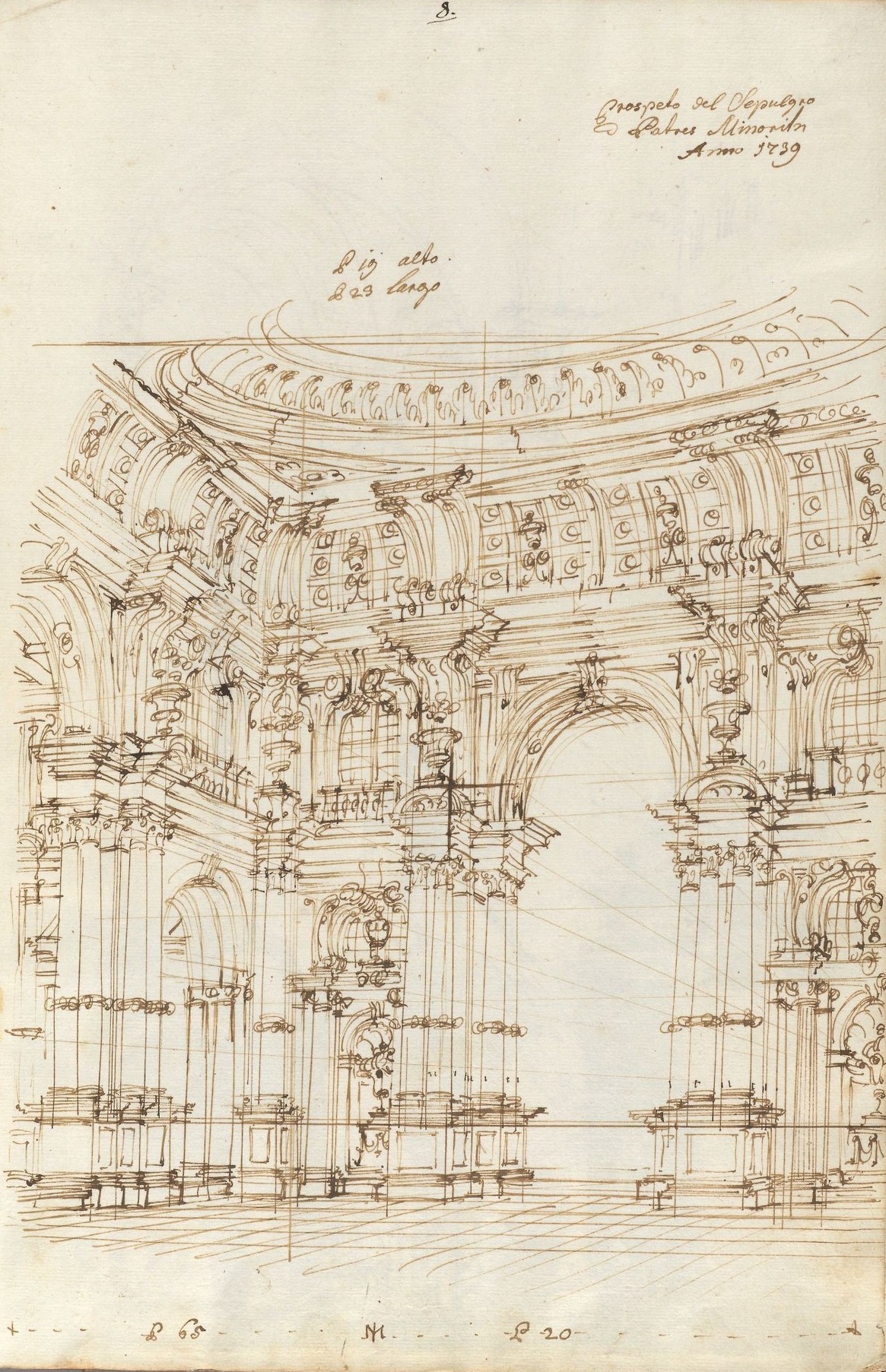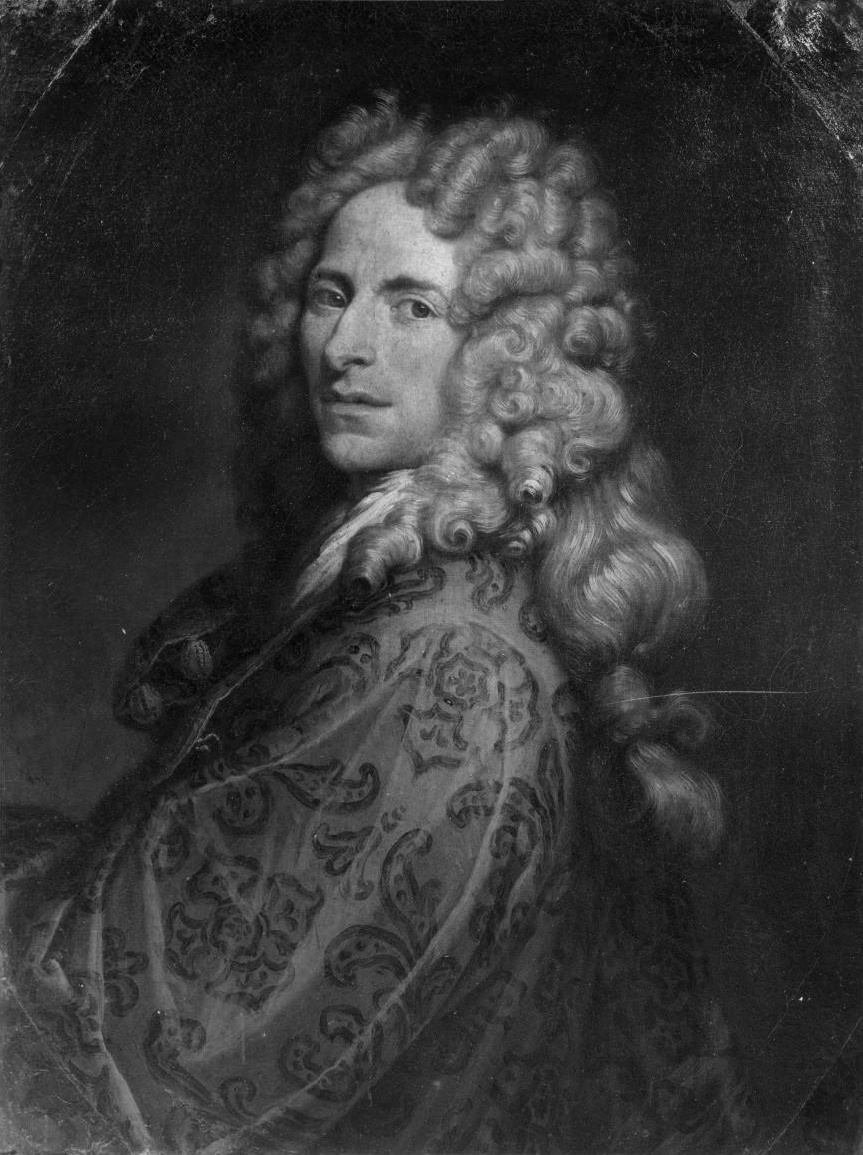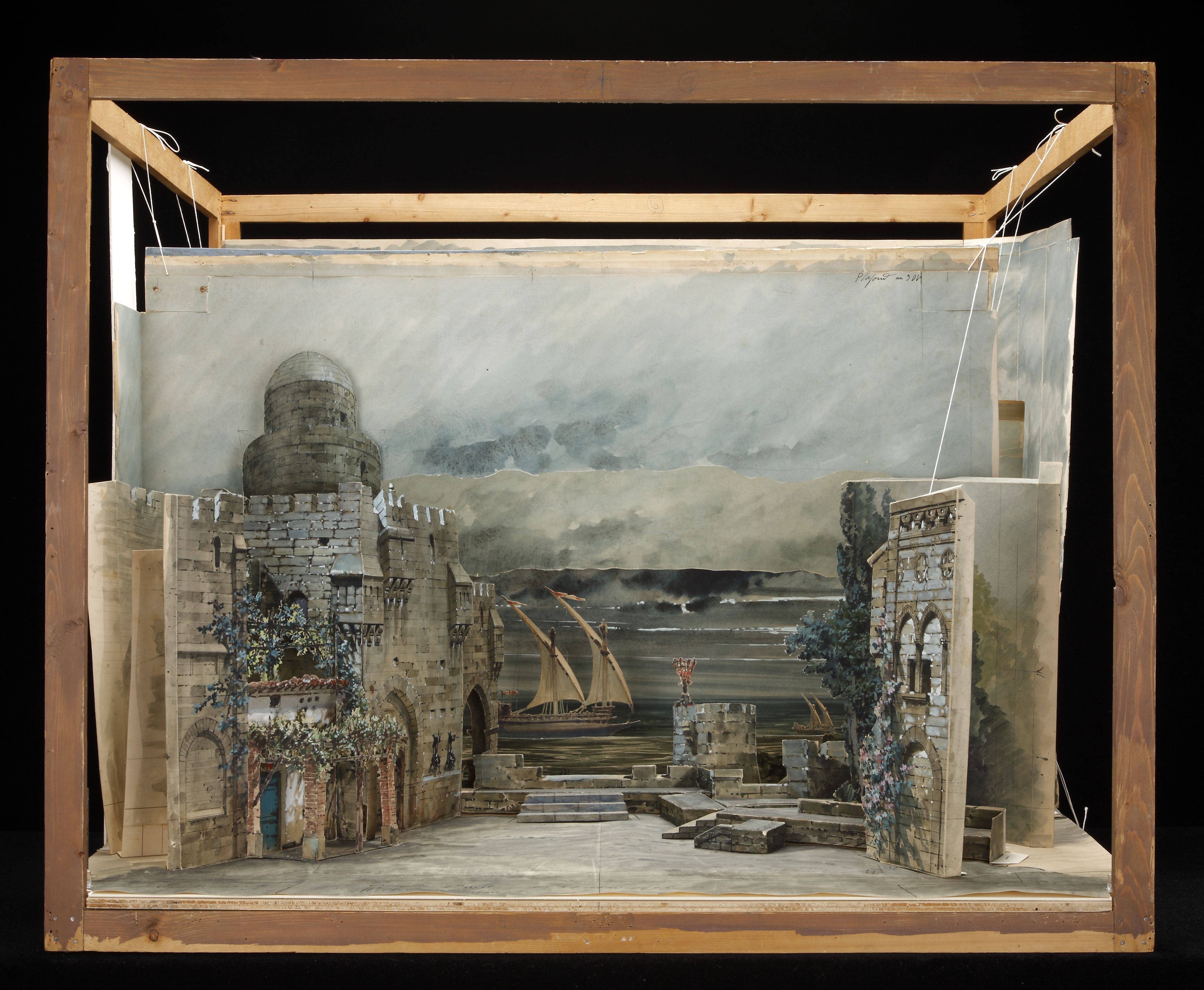|
Academy Of Fine Arts Of Bologna
The Accademia di Belle Arti di Bologna ("academy of fine arts of Bologna") is a public tertiary academy of fine art in Bologna, in Emilia-Romagna in northern Italy. It has a campus in Cesena. Giorgio Morandi taught engraving at the Accademia for more than 25 years. History Background The earliest art academy documented in Bologna was the Accademia dei Desiderosi, later known as the Accademia degli Incamminati, founded in or before 1582 by Ludovico, Agostino and Annibale Carracci, and sometimes known also as the Accademia dei Carracci. In 1706, Giampietro Zanotti and other artists met at Palazzo Fava to establish a new academy. The Accademia dei Pittori was inaugurated in the house of Luigi Ferdinando Marsili on 2 January 1710; the statute was approved by pope Clement XI in October 1711, and the academy took the name Accademia Clementina. It became part of the Istituto delle Scienze e Arti Liberali, founded with the support of the pope by Marsili on 12 December 1711, which i ... [...More Info...] [...Related Items...] OR: [Wikipedia] [Google] [Baidu] |
Bologna
Bologna (, , ; egl, label= Emilian, Bulåggna ; lat, Bononia) is the capital and largest city of the Emilia-Romagna region in Northern Italy. It is the seventh most populous city in Italy with about 400,000 inhabitants and 150 different nationalities. Its metropolitan area is home to more than 1,000,000 people. It is known as the Fat City for its rich cuisine, and the Red City for its Spanish-style red tiled rooftops and, more recently, its leftist politics. It is also called the Learned City because it is home to the oldest university in the world. Originally Etruscan, the city has been an important urban center for centuries, first under the Etruscans (who called it ''Felsina''), then under the Celts as ''Bona'', later under the Romans (''Bonōnia''), then again in the Middle Ages, as a free municipality and later ''signoria'', when it was among the largest European cities by population. Famous for its towers, churches and lengthy porticoes, Bologna has a well-preserved ... [...More Info...] [...Related Items...] OR: [Wikipedia] [Google] [Baidu] |
Accademia Delle Scienze Dell'Istituto Di Bologna
The Academy of Sciences of the Institute of Bologna (''Accademia delle Scienze dell'Istituto di Bologna'') is an academic society in Bologna, Italy, that was founded in 1690 and prospered in the Age of Enlightenment. Today it is closely associated with the University of Bologna. Origins By the end of the seventeenth century the University of Bologna, one of the world's oldest and once a thriving center of artistic and scientific discovery, had entered a long period of decline. The ''Academy degli Inquieti'' was founded in Bologna around 1690 by Eustachio Manfredi as a place where mathematical topics could be discussed. At first, the academy held its meetings in Manfredi's house, where it began to attract scholars working in other disciplines such as anatomy and physiology, from Bologna and from nearby provinces. In 1694 the academy moved to the house of Jacopo Sandri, a professor of anatomy and medicine at the University of Bologna. In 1704 the academy acquired a more formal struct ... [...More Info...] [...Related Items...] OR: [Wikipedia] [Google] [Baidu] |
Francesco Rosaspina
Francesco Rosaspina (2 January 1762 – 2 September 1841) was an Italian engraver and painter. Biography Rosaspina was born in Montescudo, near Rimini. His father, Giovanni Battista, was a notary and a magistrate by profession. As an infant, his parents moved to Bologna. His initial training in engraving was with Giovanni Fabbri. He emulated the style of Francesco Bartolozzi, with dense crosshatching. He gained many commissions to engrave copies of local works of art. This led to a work titled ''The Gallery of Bologna'', with engravings by him, his brother and his pupils, of over a hundred of the paintings at the Pinacoteca. He was named a docent at the Accademia Clementina and became a friend of Andrea Appiani, Giovanni Battista Bodoni, and Giuseppe Zauli.Scuola di Disegno Tommasso Minardi"I maestri". Retrieved 9 July 2017 . His pupils include Pietro Tomba, Antonio Marchi, Spagnuoli, Luigi Martelli, L. Paradisi and Gaetano Guadagnini. The latter replaced him as professor at t ... [...More Info...] [...Related Items...] OR: [Wikipedia] [Google] [Baidu] |
Ercole Lelli
Ercole Lelli (14 September 1702 – 7 March 1766) was an Italian painter of the late-Baroque, active mainly in Northern Italy, including his native city of Bologna, as well as Padua and Piacenza. Lelli was a pupil of the painter Giovanni Pietro Zanotti, but he also gravitated towards sculptural work. He excelled in the study of the anatomy of the human body as well as painting. Starting in 1742 he helped prepare artistic anatomical wax displays at the University of Bologna. The wax modeler and anatomist Giovanni Manzolini worked as his assistant from 1743. Manzolini resigned in late 1746 after three years. He felt bitterly that Lelli had deprived him of recognition for his greater knowledge of anatomy and anatomical sculpture. Nicolo Toselli was another of Lelli's pupils. In 1746 Lelli became a member of both the Bolognese art society, Accademia Clementina, and the science society, '' Istituto delle scienze''. He had completed many medals for the local Mint. A few pictures ... [...More Info...] [...Related Items...] OR: [Wikipedia] [Google] [Baidu] |
Gaetano Gandolfi
Gaetano Gandolfi (31 August 1734 – 20 June 1802) was an Italian painter of the late Baroque and early Neoclassic period, active in Bologna. Career Gaetano was born in San Matteo della Decima, near Bologna, to a family of artists. Ubaldo Gandolfi was his brother, Mauro Gandolfi was his son, and Democrito Gandolfi was his grandson. Gaetano became a "student" at the Accademia Clementina in Bologna, where he was taught by Felice Torelli and Ercole Lelli. In the academy, he was the recipient of several prizes for both figure drawing and sculpture. Later, in an autobiography, Gaetano claimed Felice Torelli (1667–1748) as his master. Other sources mention Ercole Graziani the Younger (1688–1765) and Ercole Lelli. He traveled to England, and became strongly influenced by Tiepolo. Among his pupils was Serafino Viani from Reggio. Gaetano died in Bologna, Italy. Collections Today, Gaetano's work is held in the permanent collections of several museums worldwide, including the ... [...More Info...] [...Related Items...] OR: [Wikipedia] [Google] [Baidu] |
Vittorio Bigari
Vittorio Bigari (1692 – 1776) was an Italian painter of the late-Baroque period. Biography He was born in Bologna in 1692. His main biographer was Zanotti. He was initially trained in the art of stucco and sculpture, a pupil of Antonio Dardani; then became an assistant to the scenographer C. A. Buffagnotti, with whom he combined the activity of quadraturist scenographer with the study of the figure. In 1720 Bigari worked with A. Buttazzoni on the decoration (now disappeared) of the choir of the in Carpi; two years later he painted in Rimini the ceiling of the choir of the church of San Agostino (two angels detached are in the Municipal Museum of Rimini). Also in 1722 began his work for the counts Aldrovandi of Bologna: in the palace (now Montanari) of via Galliera, in collaboration with the quadraturista Stefano Orlandi, he helped decorate the ceiling of the staircase and a room with the mythological tale of ''Aurora Abandons the Old Titone''. Following the success of ... [...More Info...] [...Related Items...] OR: [Wikipedia] [Google] [Baidu] |
Giuseppe Galli Da Bibbiena
Giuseppe Galli Bibiena (5 January 1696 - 12 March 1757),"Galli-Bibiena, Giuseppe" (dates, with Friedrich the Great), ''Encyclopedia of Austria'', 2006, aeiou-Austria webpage: aeiou-FerdinandoGBibiena. Italian designer, became the most distinguished artist of the Galli da Bibiena family. "Bibiena, Galli da, Family" (history), ''Encyclopædia Britannica Online'', 18-November-2006, Britannica.com webpage: EB-Bibienas Life He was born in Parma, the second son of Ferdinando Galli Bibiena. In 1708, Ferdinando was called to Barcelona by Charles III of Habsburg to help organize and decorate his wedding to Elisabeth Christine of Brunswick-Wolfenbüttel, Queen of Prussia and Giuseppe accompanied him. Later Giuseppe traveled with his father to the courts of Charles VI the Holy Roman Emperor (reigned 1711-1740) who hired Fernando to be the court's scenographer and painter. There, when his father left in 1717, he became the chief organizer of the court festivities and official funct ... [...More Info...] [...Related Items...] OR: [Wikipedia] [Google] [Baidu] |
Francesco Galli Da Bibbiena
Francesco Galli, called Francesco da Bibiena (or da Bibbiena), a member of the theatrical Galli da Bibiena family and younger brother of Ferdinando Galli, was born at Bologna in 1659. He first studied under Lorenzo Pasinelli; but he was afterwards instructed in the school of Carlo Cignani. His knowledge of architecture and perspective was considerable; but he excelled in figures. Francesco worked at Piacenza, Parma, and Rome, and then became ducal architect at Mantua. After a stay in Genoa and Naples he was called to Vienna, where he built a large theatre. He worked successively for the Emperors Leopold I and Joseph I, and was invited to Madrid by Philip V Philip V may refer to: * Philip V of Macedon (221–179 BC) * Philip V of France (1293–1322) * Philip II of Spain, also Philip V, Duke of Burgundy (1526–1598) * Philip V of Spain Philip V ( es, Felipe; 19 December 1683 – 9 July 1746) was ..., who appointed him his principal architect. He died in 1739. Francesco wa ... [...More Info...] [...Related Items...] OR: [Wikipedia] [Google] [Baidu] |
Ferdinando Galli Da Bibbiena
Ferdinando Galli-Bibiena (18 August 1657 – 3 January 1743),"Galli-Bibiena, Ferdinando" (dates, Farnese dynasty, to Barcelona for Karl VI),''Encyclopedia of Austria'', 2006, aeiou.iicm.tugraz.at webpag."Ferdinando Galli Bibiena Online" (overview), John Malyon, ''Artcyclopedia'', 2005, Artcyclopedia.com webpag surname also spelled Galli da Bibiena or Bibbiena, was an Italian Baroque-era architect, designer, and painter."Bibiena, Galli da, Family" (history),''Encyclopædia Britannica Online'', 18-November-2006, Britannica.com webpagEB-Bibienas Biography Bibiena was born on 18 August 1657 at Bologna. He was the son of painter Giovanni Maria Galli (1625–1665), and he studied painting under Carlo Cignani and architecture under Giulio Trogli, called ''il Paradosso''. On the recommendation of Cignani, Bibiena entered into the service of the duke of Parma and also worked for the Farnese dynasty at Piacenza over a period of 30 years. His main work during this time was the garden and ... [...More Info...] [...Related Items...] OR: [Wikipedia] [Google] [Baidu] |
Casentino
The Casentino is the valley in which the first tract of the river Arno flows to Subbiano, Italy. It is one of the four valleys (alongside Valdarno, Valdichiana, and Valtiberina) in which the Province of Arezzo is divided. Mount Falterona, from which the Arno starts, represents the northern boundary between the Casentino and Romagna. On the east of the valley are the Alpe di Serra and the Alpe di Catenaia, which separate the Casentino from the highest tract of the Valtiberina. On the west there is the Pratomagno, which separates the valley from the Valdarno Superiore. Part of the valley is included in the Foreste Casentinesi, Monte Falterona, Campigna National Park. It can be said that the valley has an oval form, with an extension across the river that varies from a maximum of to a minimum of . The topography of the Casentino is especially various, including both plains and mountains rich in large forests. These mountains have often attracted great saints: it was here that St ... [...More Info...] [...Related Items...] OR: [Wikipedia] [Google] [Baidu] |
Bibbiena
Bibbiena () is a town and ''comune'' in the province of Arezzo, Tuscany (Italy), the largest town in the valley of Casentino. It is located from Florence, from Arezzo, from Siena, and from the Sanctuary of La Verna. There are approximately 11,833 inhabitants The town is on top of a hill at an elevation of . Physical Geography The municipality of Bibbiena is located in the heart of the Casentino, the valley in which the first stretch of the Arno river flows which, after having crossed the Valdarno (Upper, Middle and Lower), flows into the Tyrrhenian Sea near Pisa. Bibbiena occupies the northern part of the province of Arezzo, is located at an altitude of 425m above sea level and is about 30 km from the provincial capital. Florence, the regional capital, is 60 km further west. It borders to the north with Emilia-Romagna (Province of Forlì-Cesena, municipality of Bagno di Romagna), to the west with Poppi, to the east with Chiusi della Verna, to the south with Caste ... [...More Info...] [...Related Items...] OR: [Wikipedia] [Google] [Baidu] |
Set Designer
Scenic design (also known as scenography, stage design, or set design) is the creation of theatrical, as well as film or television scenery. Scenic designers come from a variety of artistic backgrounds, but in recent years, are mostly trained professionals, holding B.F.A. or M.F.A. degrees in theatre arts. Scenic designers create sets and scenery that aim to support the overall artistic goals of the production. There has been some consideration that scenic design is also production design; however, it is generally considered to be a part of the visual production of a film or television. Scenic designer The scenic designer works with the director and other designers to establish an overall visual concept for the production and design the stage environment. They are responsible for developing a complete set of design drawings that include the following: *''basic ground plan'' showing all stationary and scenic elements; *''composite ground plan'' showing all moving scenic elem ... [...More Info...] [...Related Items...] OR: [Wikipedia] [Google] [Baidu] |
_-_BEIC_6348909.jpg)








